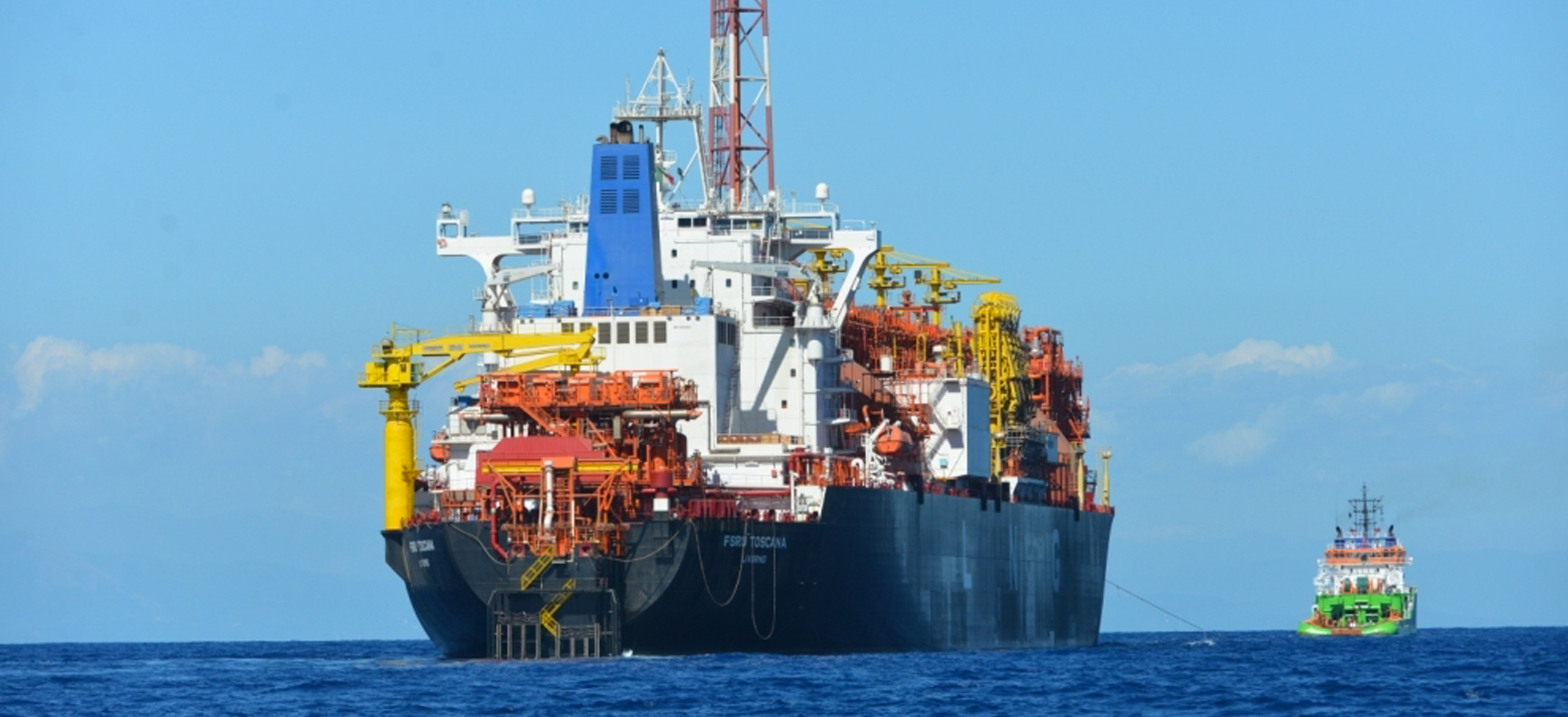Within the cycle of production and transportation of natural gas (NG), the regasifier allows you to return your product from a liquid (LNG) used in maritime transport to a gas useful for the land transport and end use. The regasification process is started with the docking of a ship at the LNG regasification plant. The gas is normally transported under conditions of atmospheric pressure and at a temperature of about -163 ° C, however it is possible that the transport takes place, especially when it comes to small ships, within pressurized tanks at temperatures less low.
The gas, still liquid, is transferred from the ship to a storage tank within the regasification plant, where it maintains the same physical conditions of transport. Subsequently it is sent to a vaporizer which, by acting on the temperature, carries out the gasification with the expansion of the gas, which returns to the natural state. The temperature variation is typically through the heat exchange tube bundles in between liquid gas and sea water, which transfers its heat to the gas; instead the pressure is reduced through the expansion of the gas in special tanks. At this point the gas can be injected into the distribution network.
Regasifiers can be combined with systems that provide for the use of low temperatures (for example deep-freezing food establishments), “recycling” cooling energy.
For more information: www.heatexchanging.com






